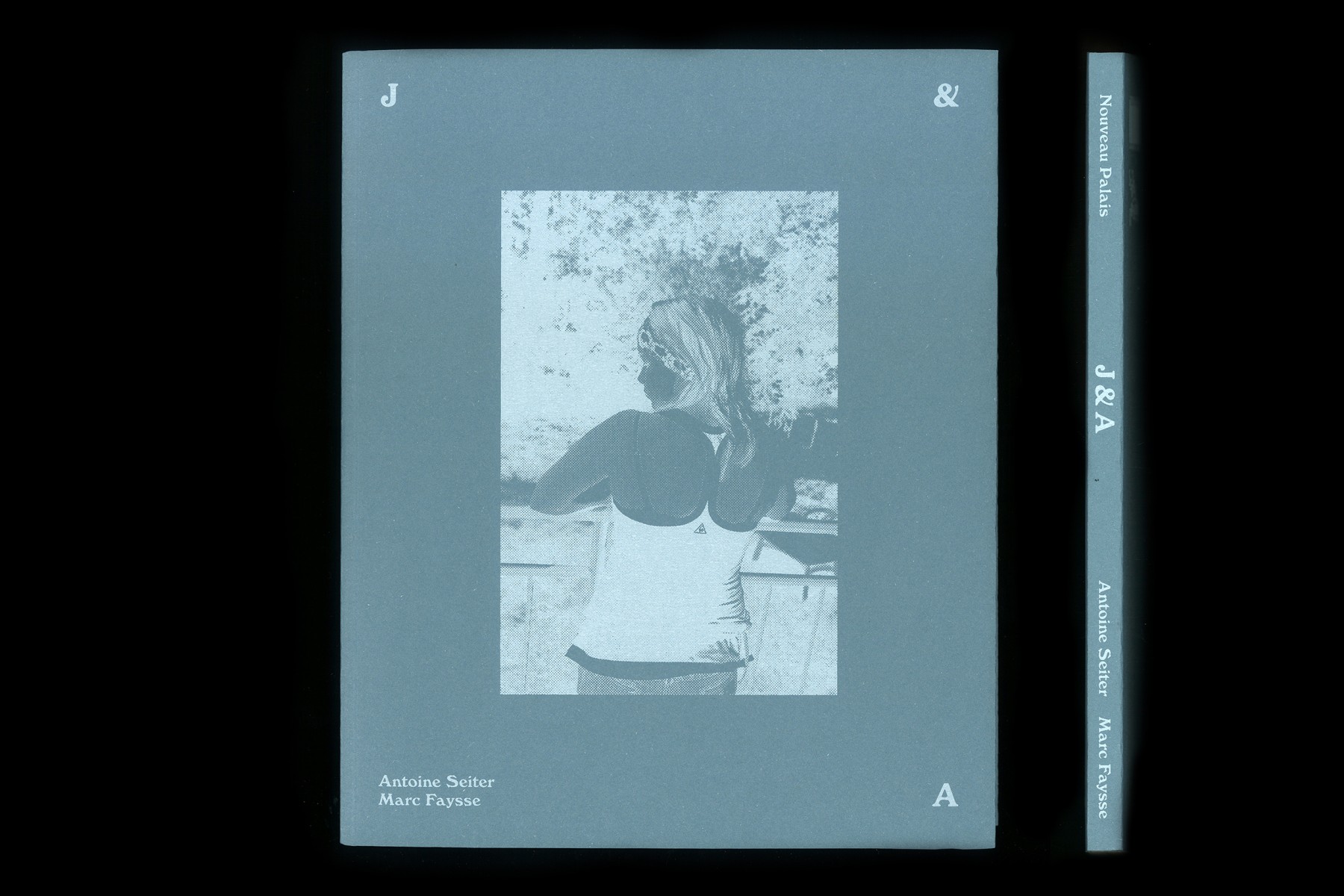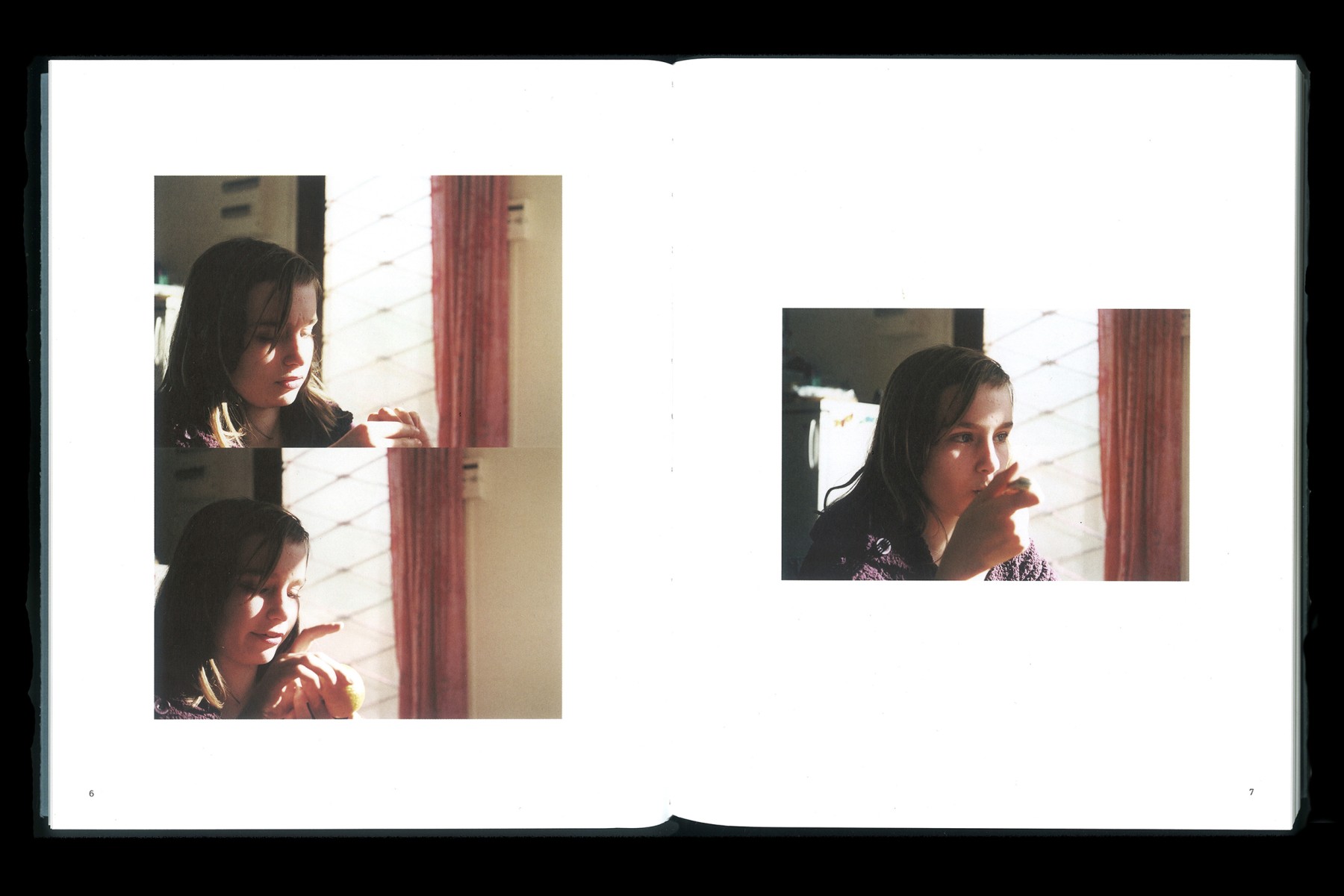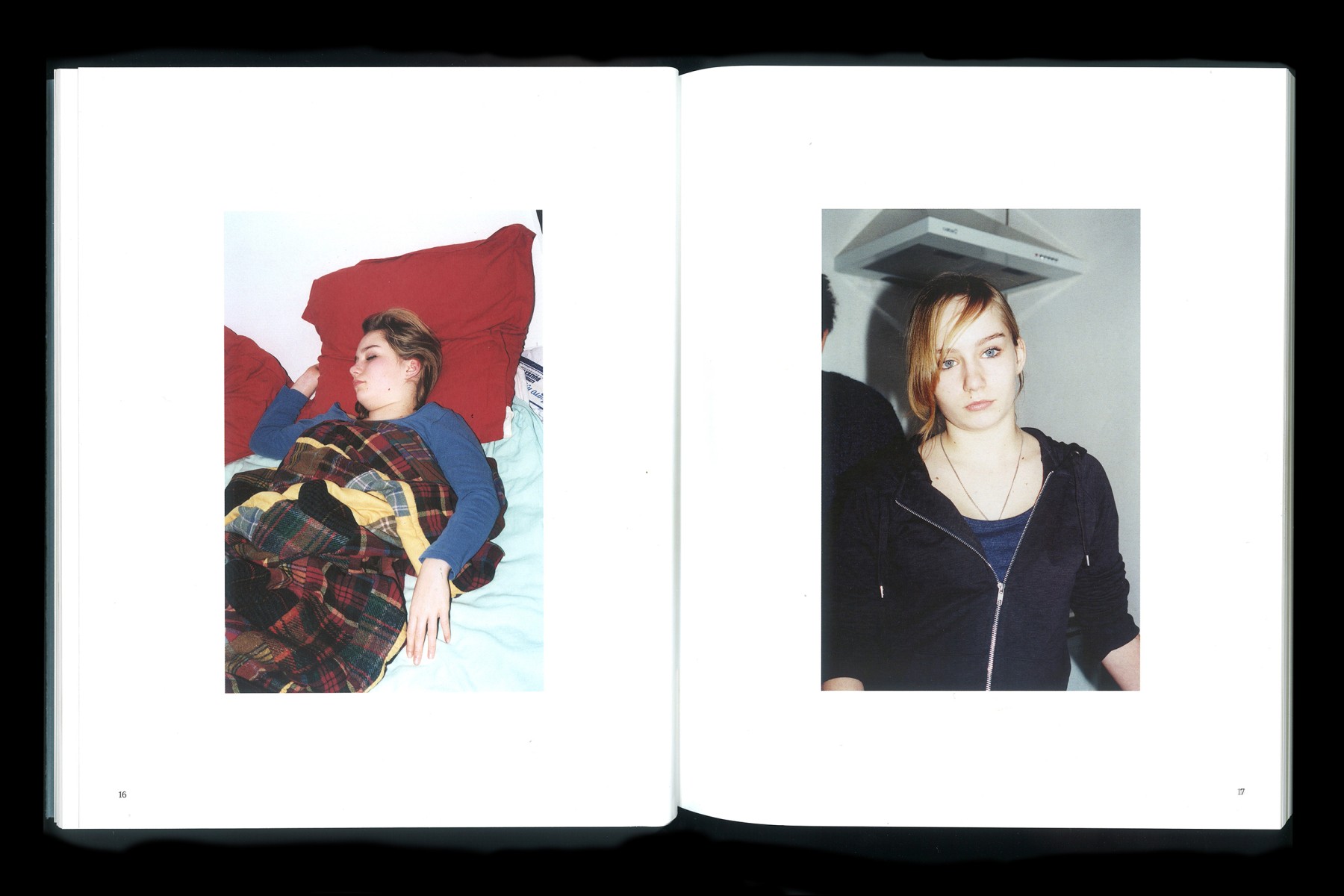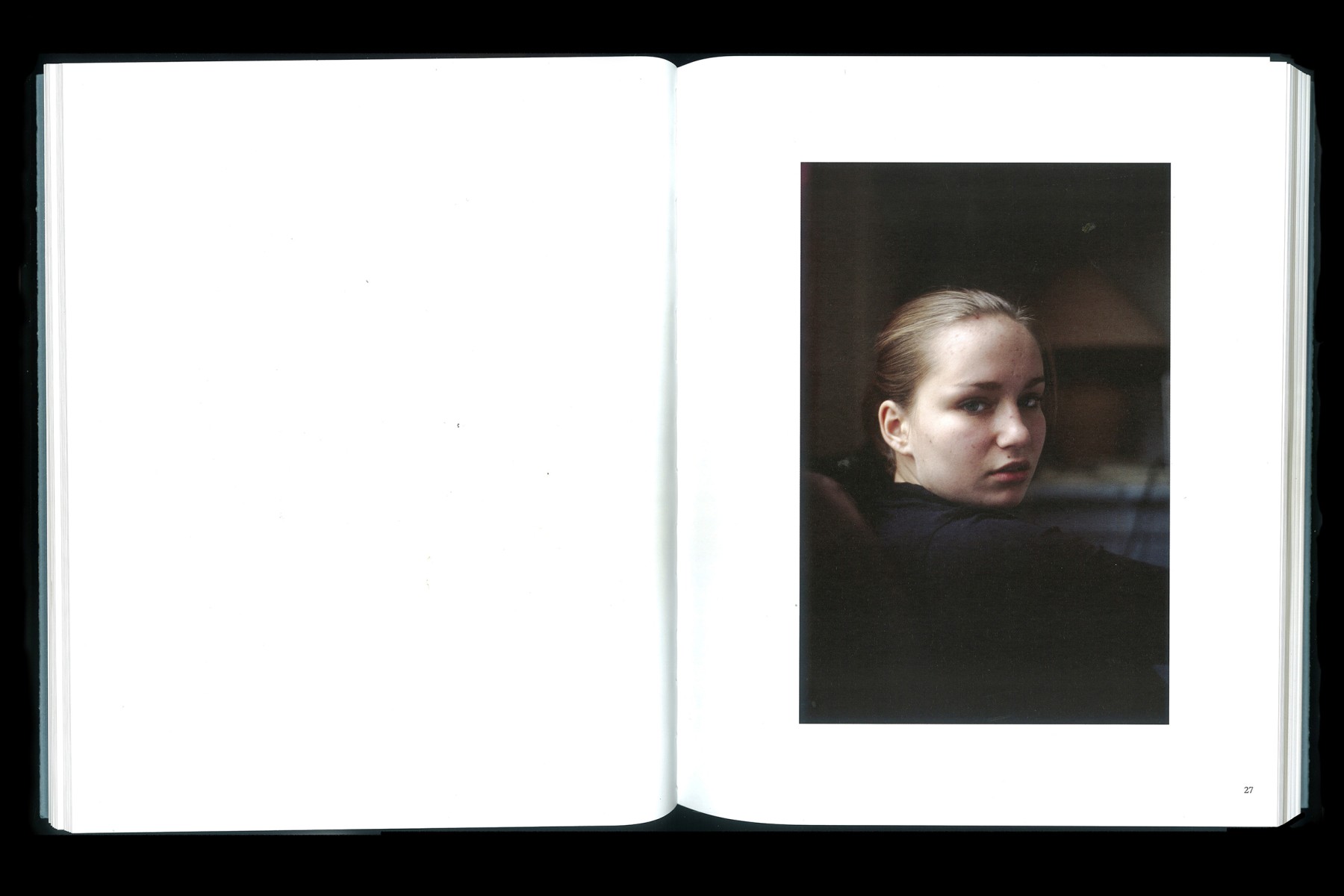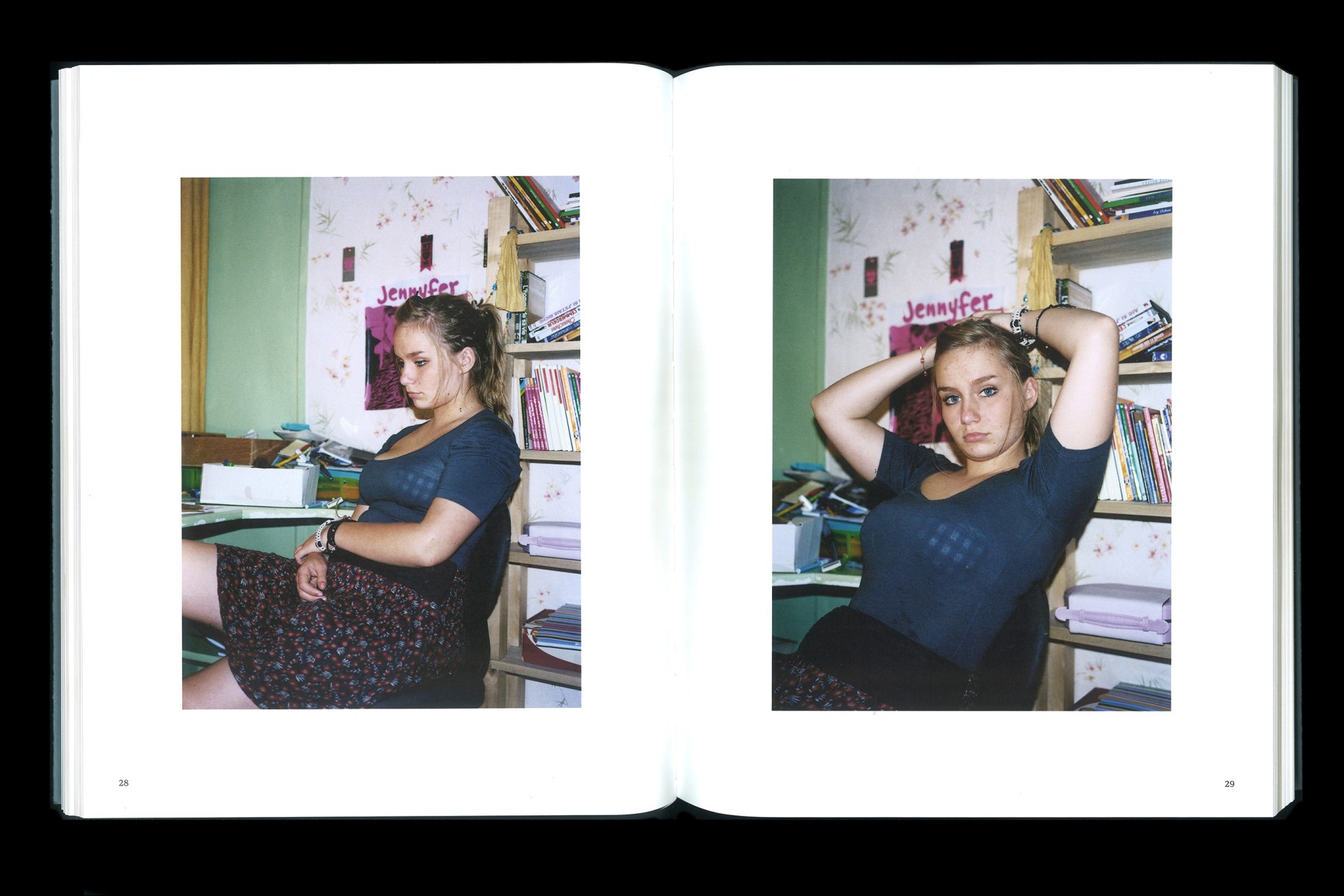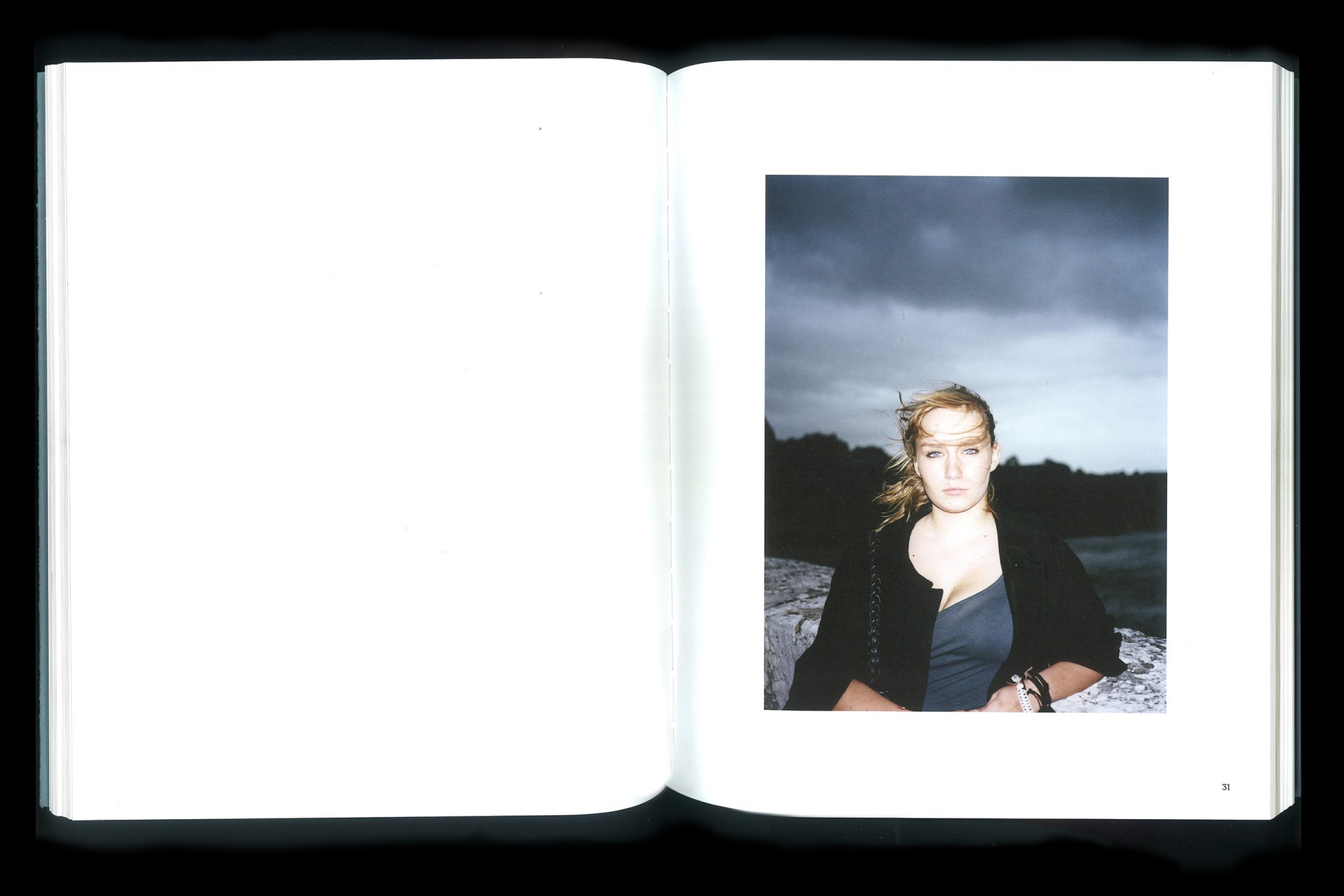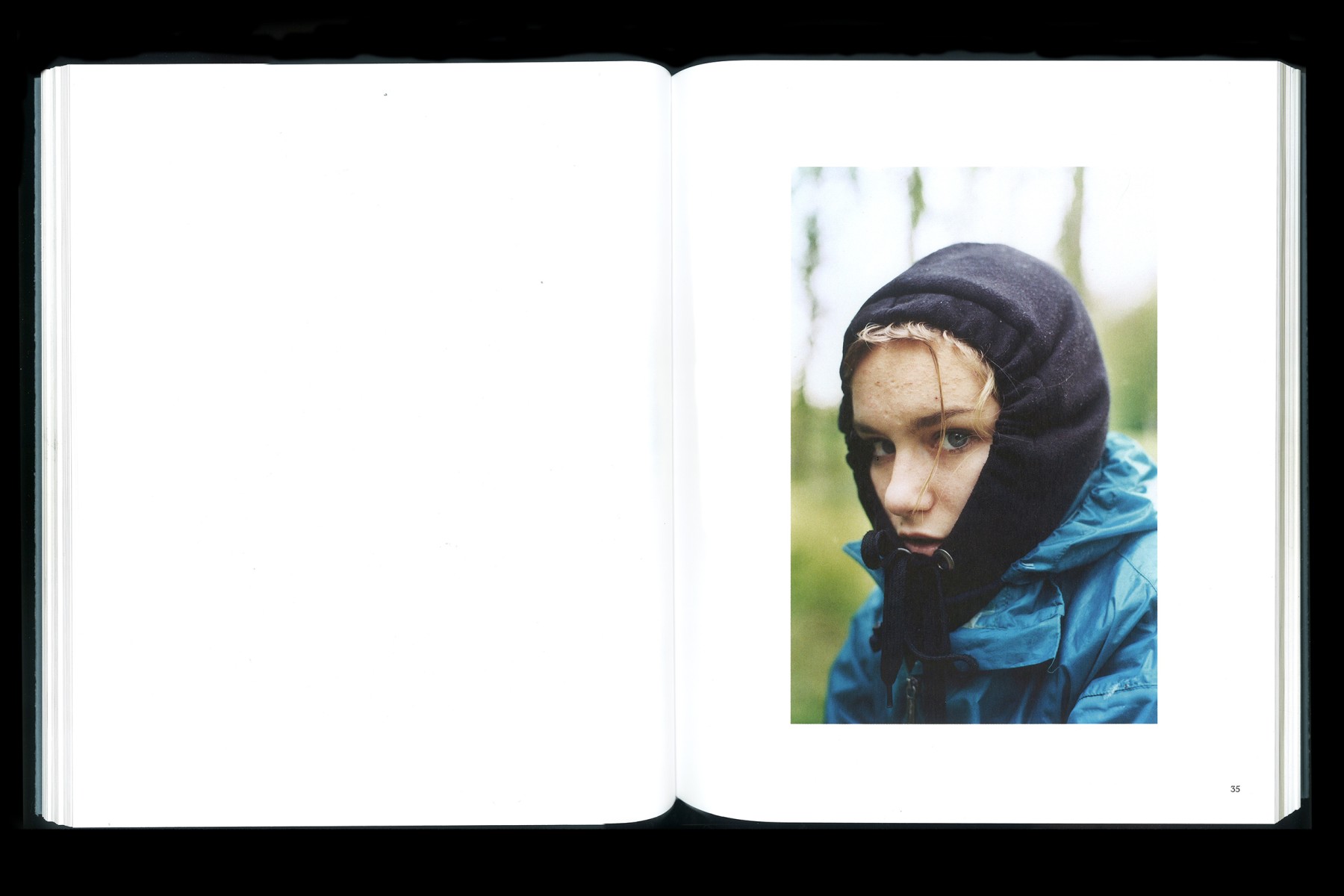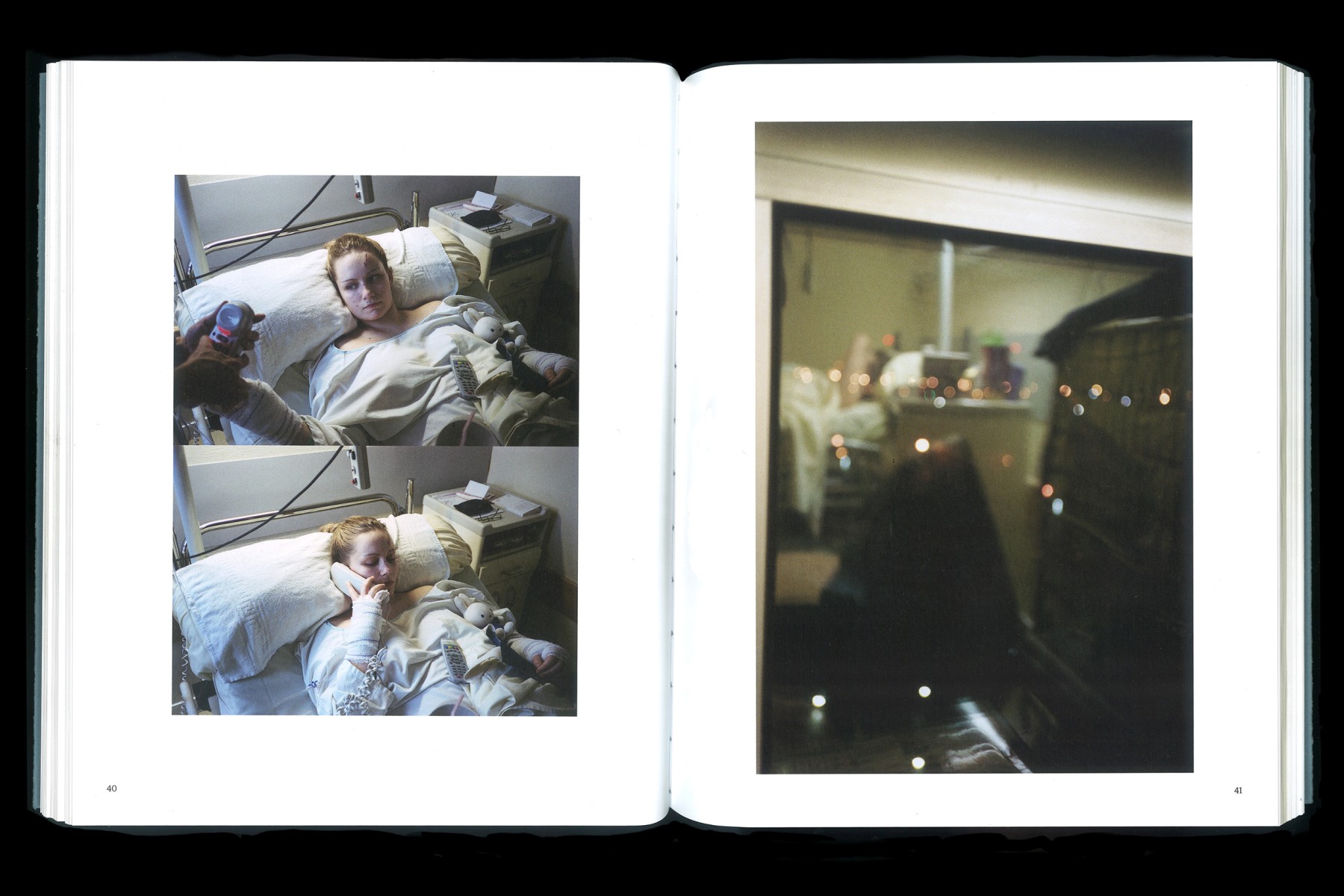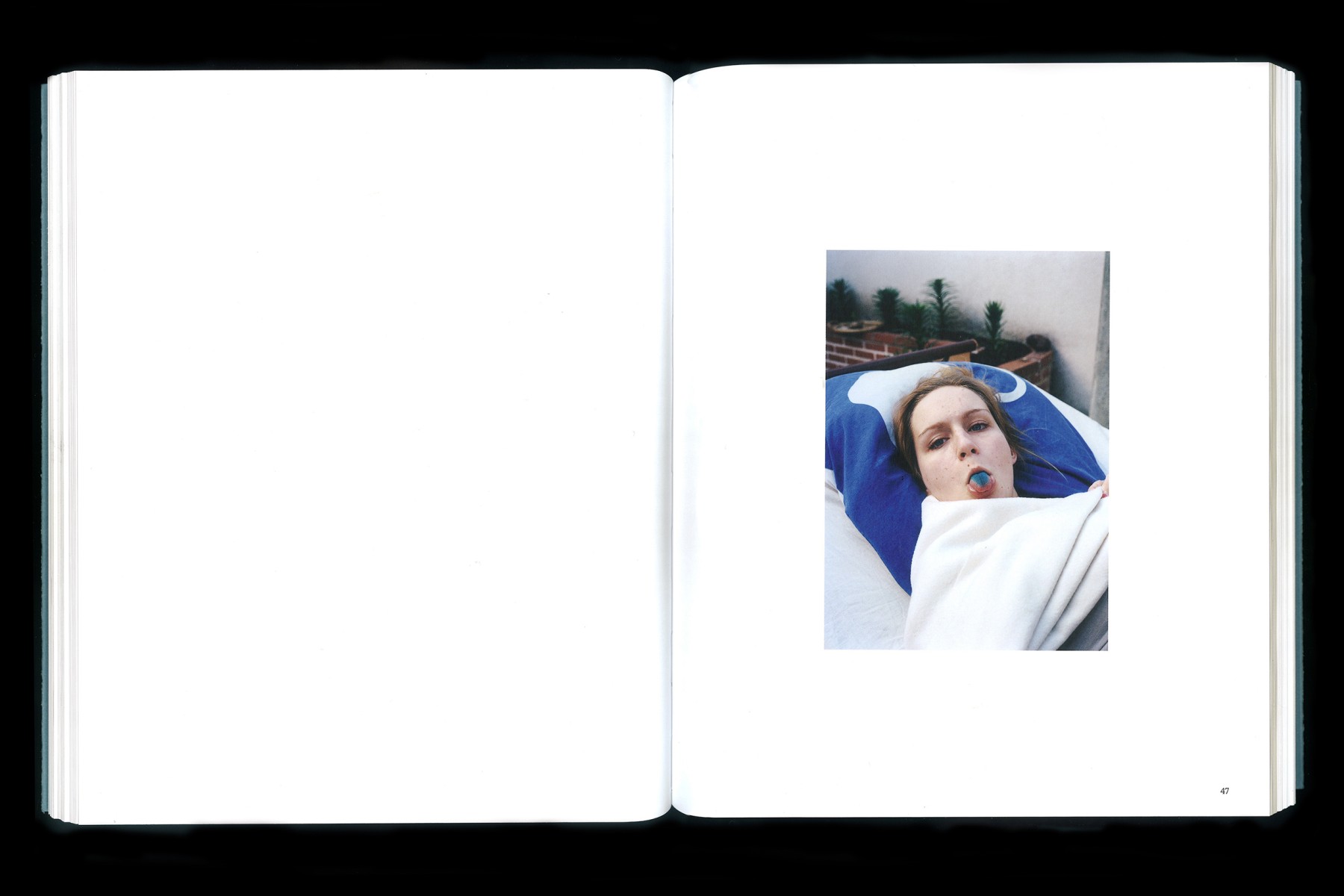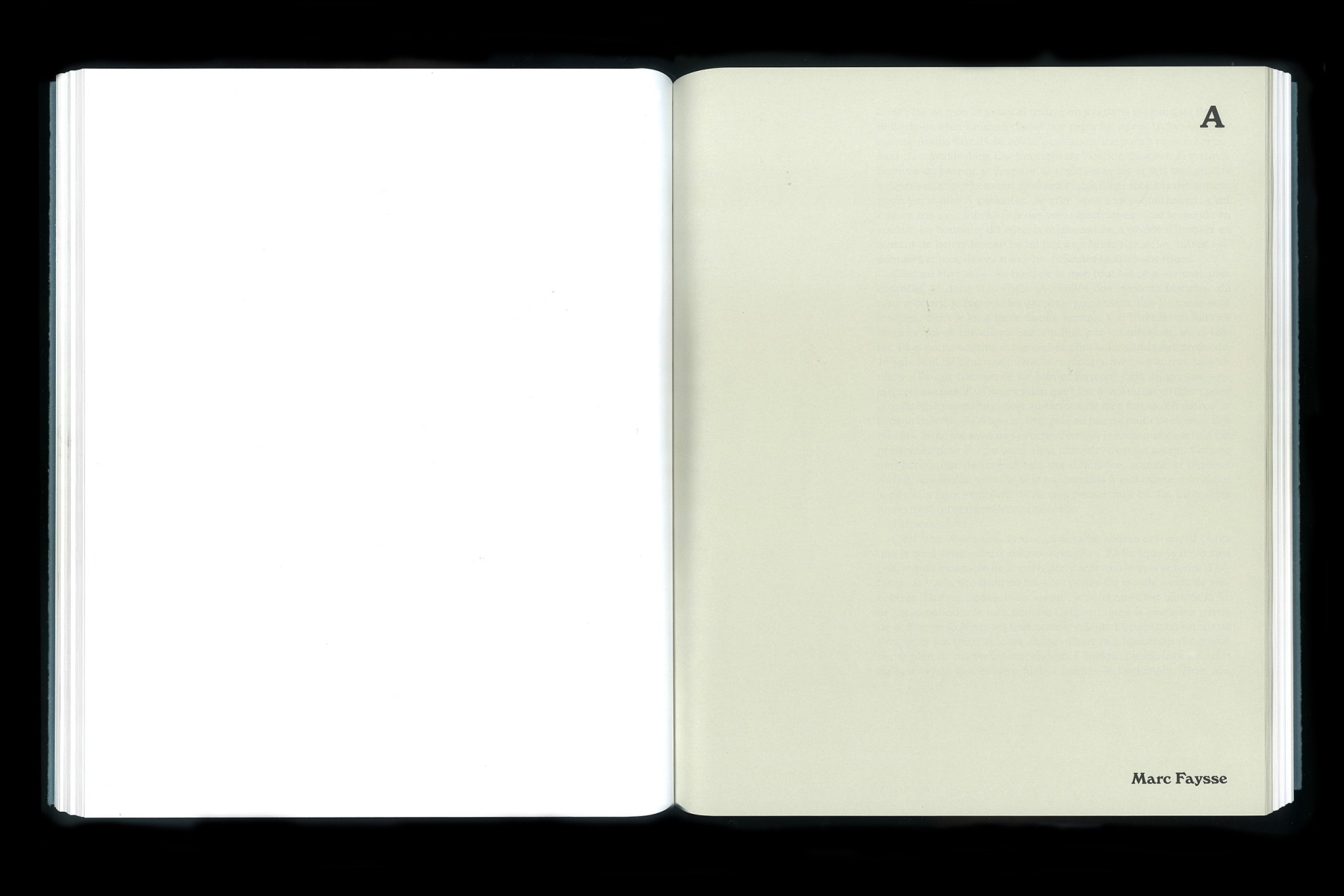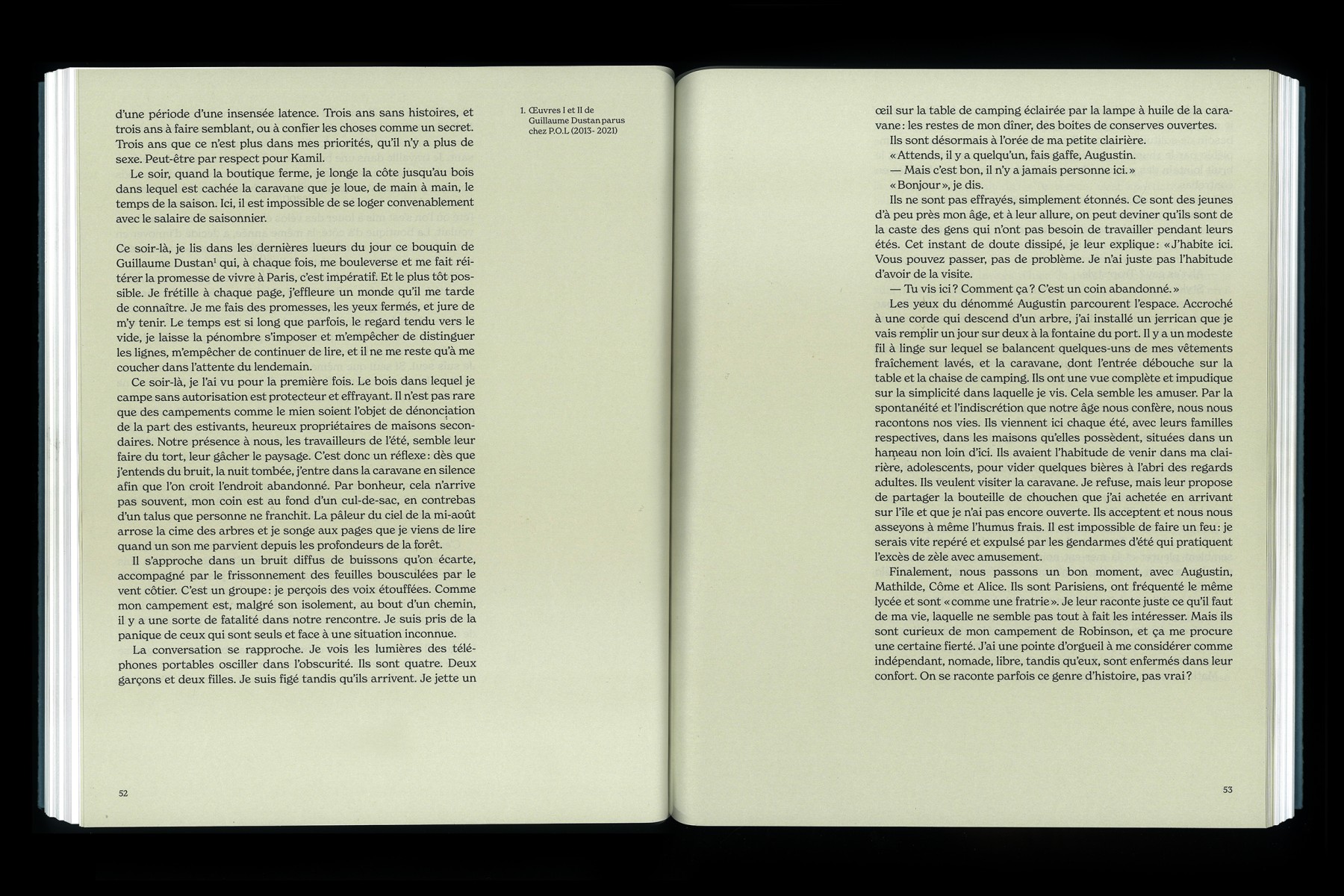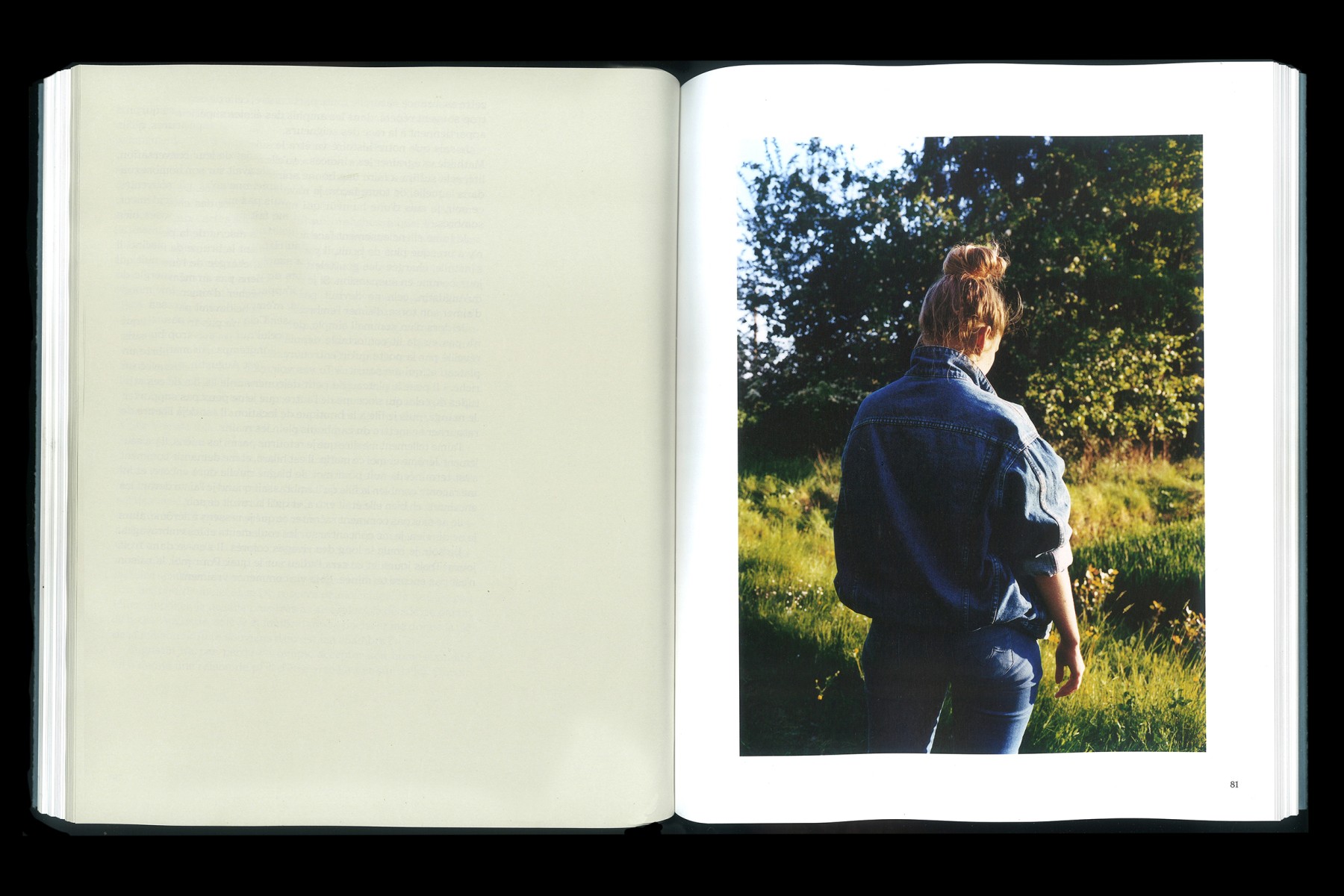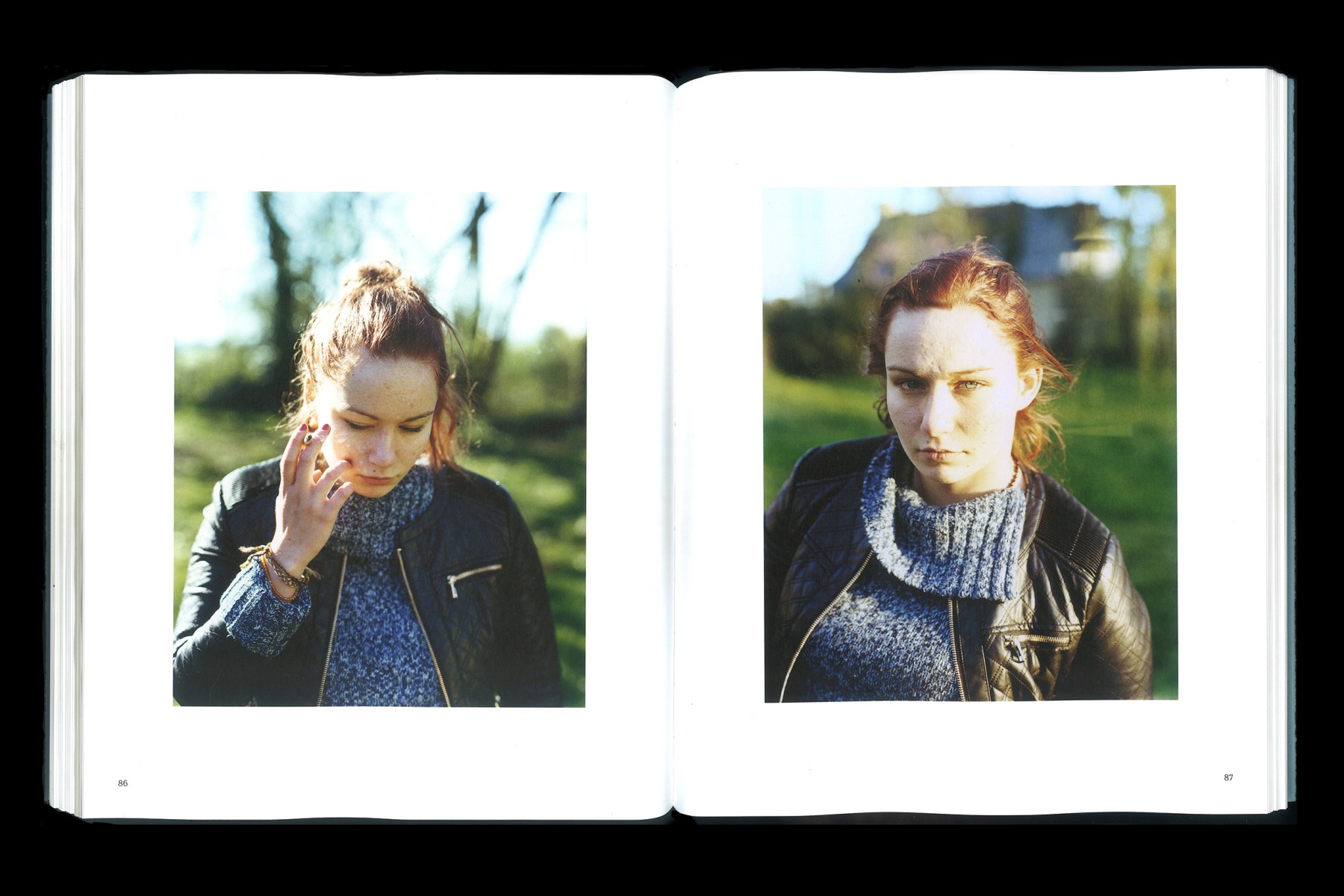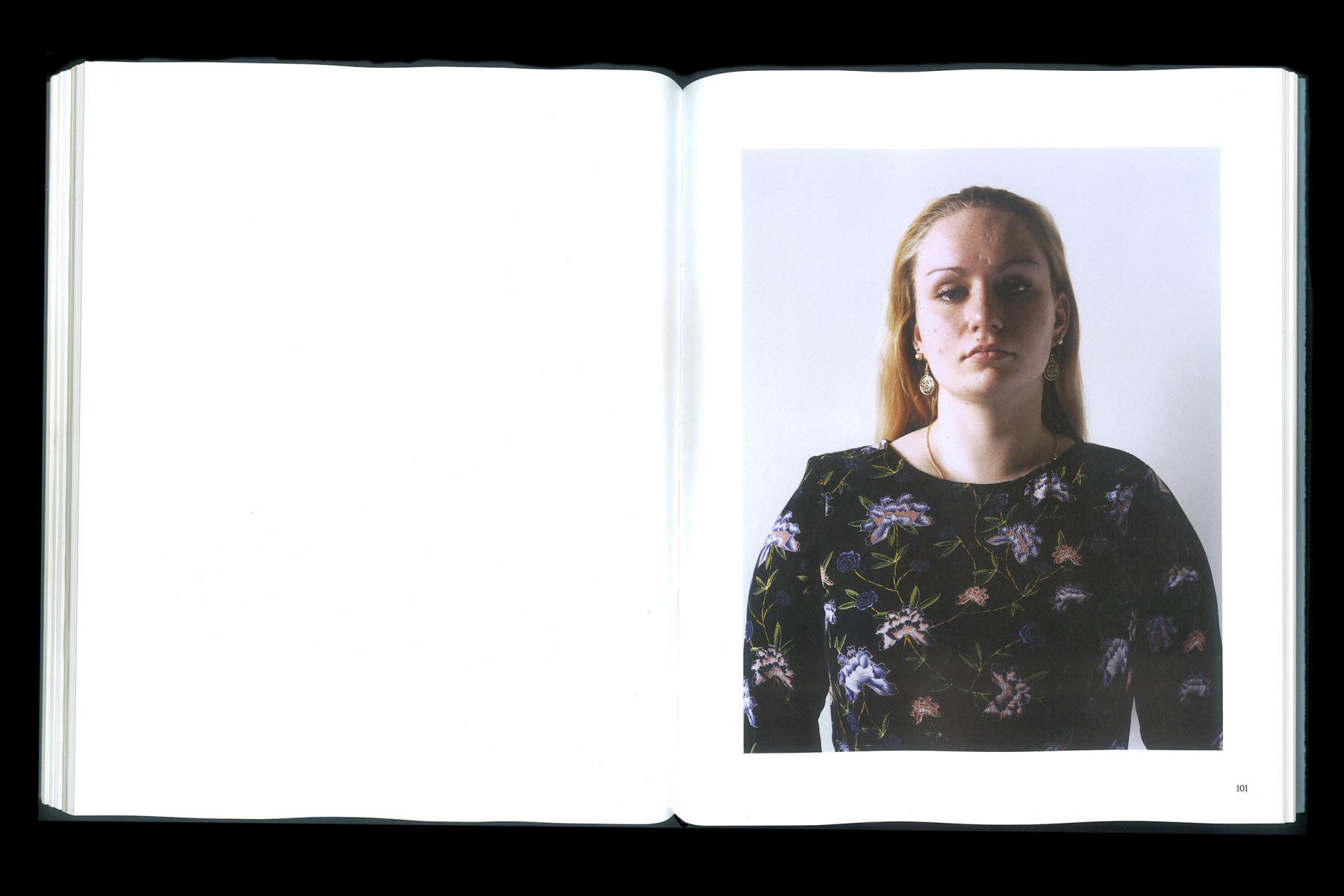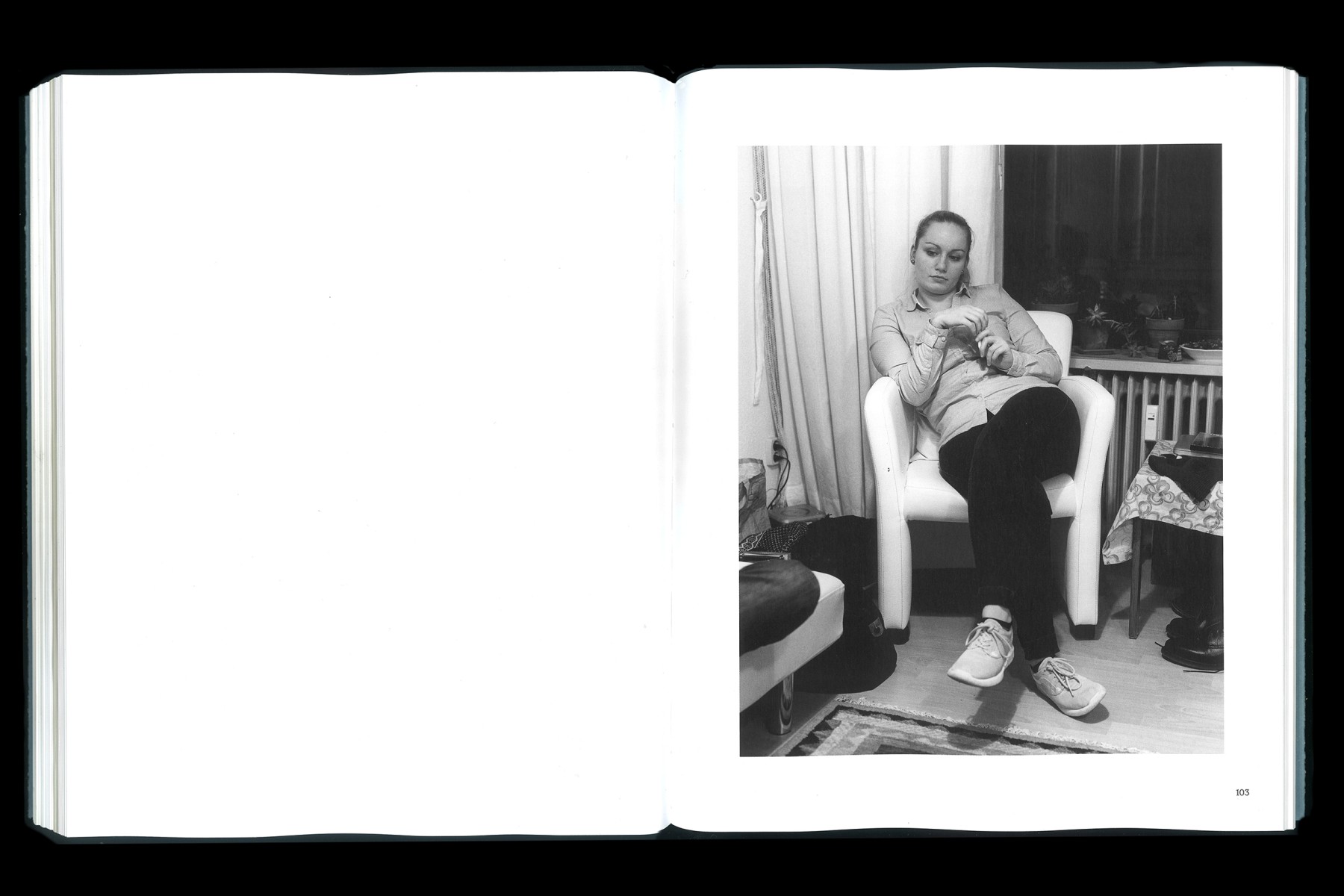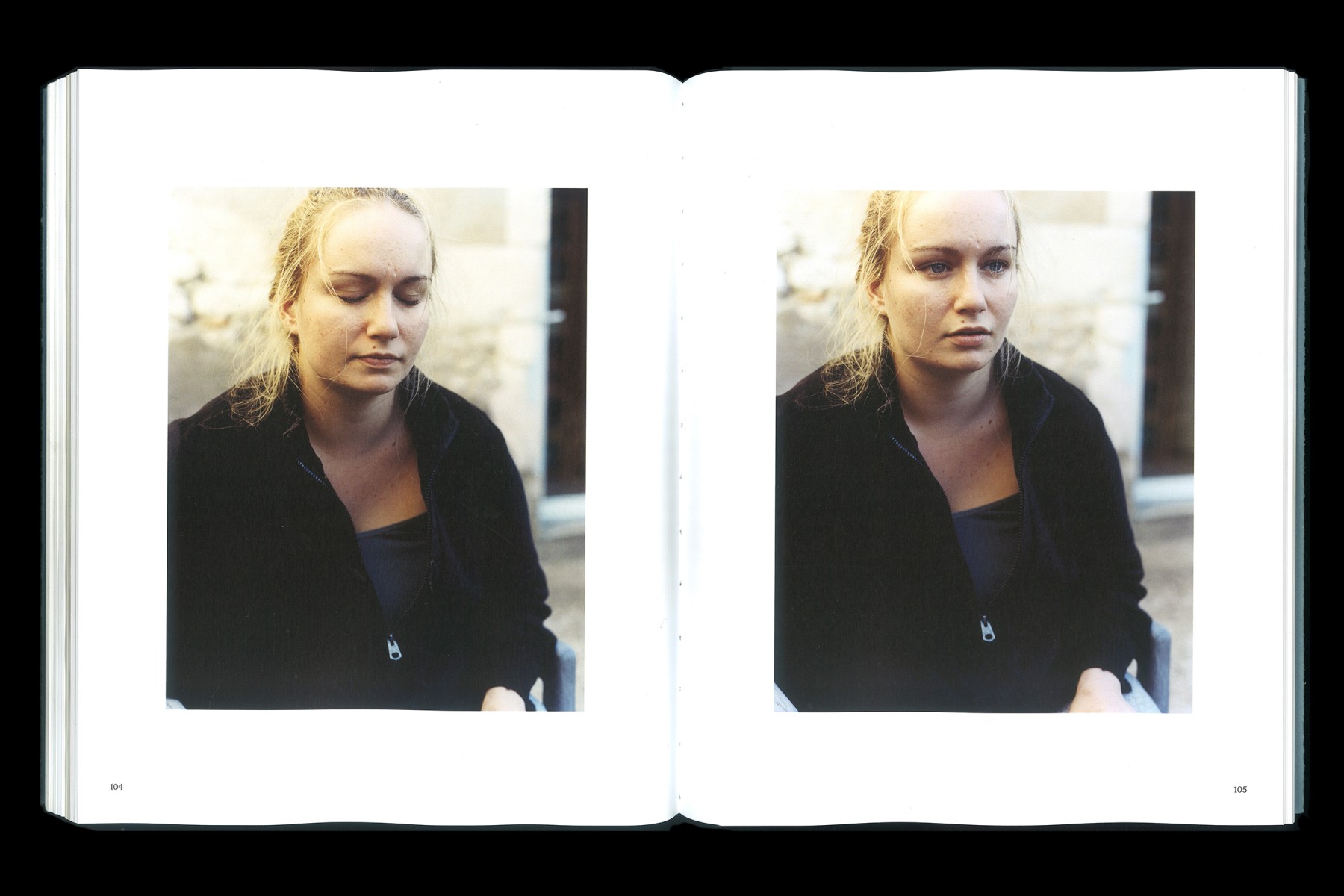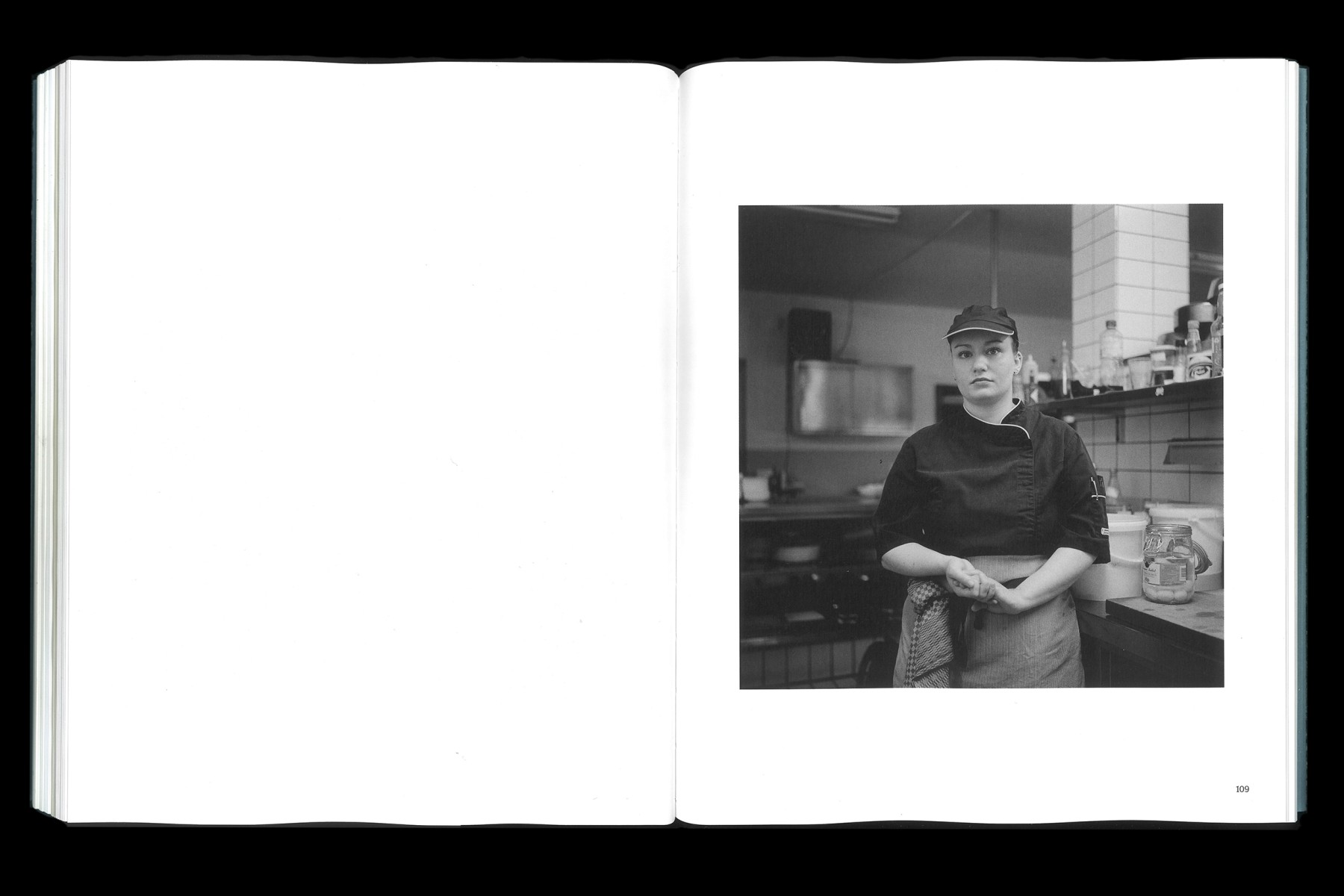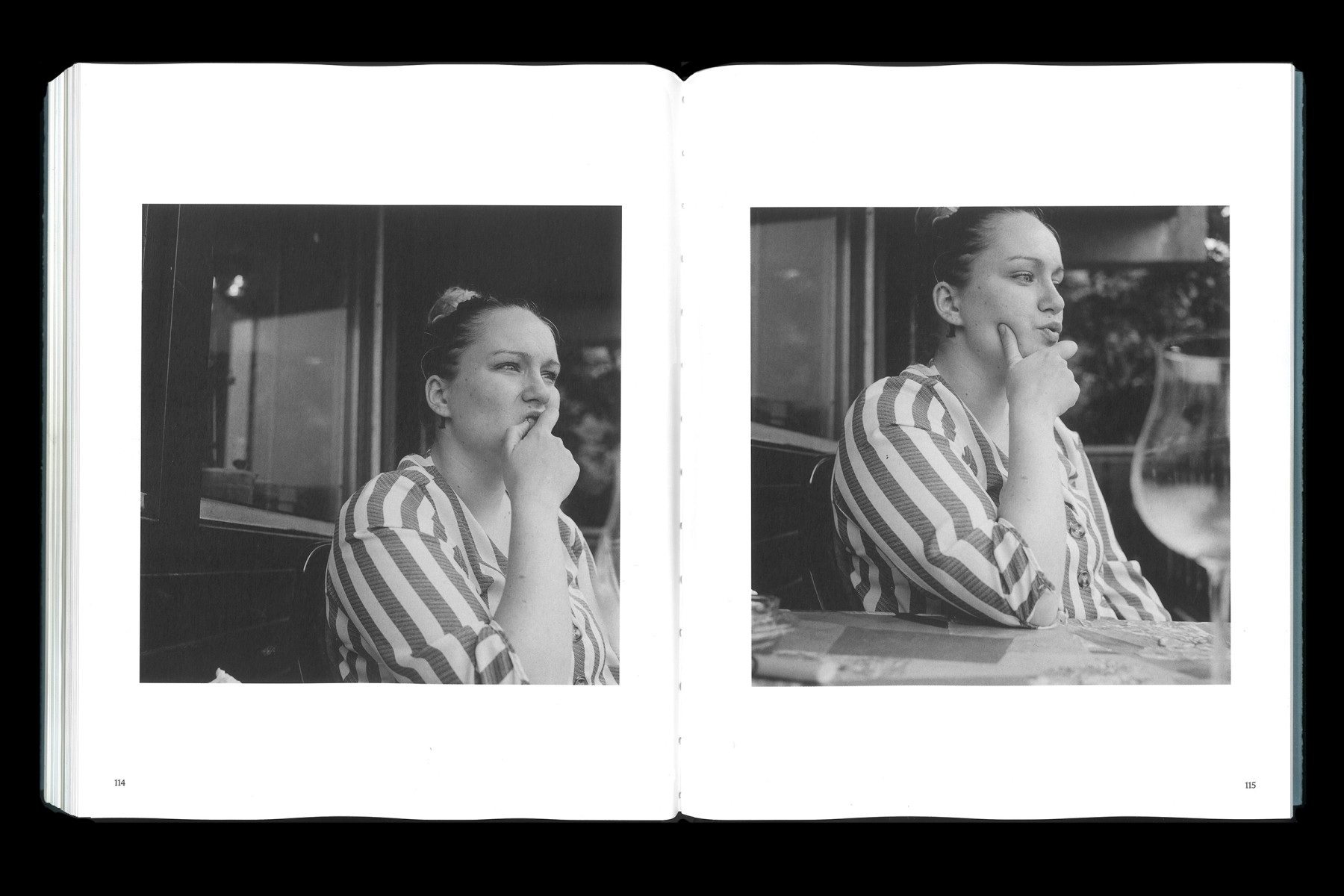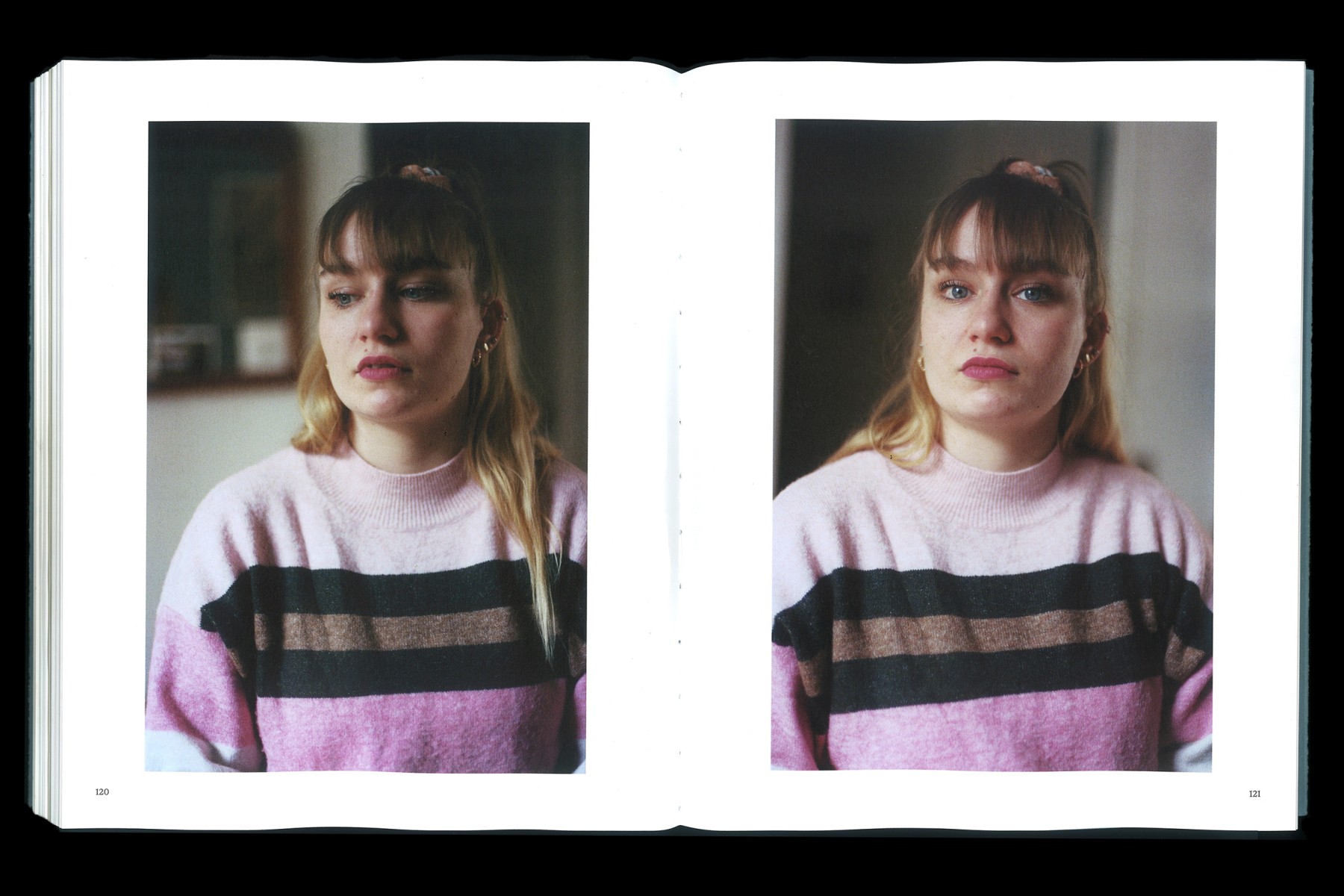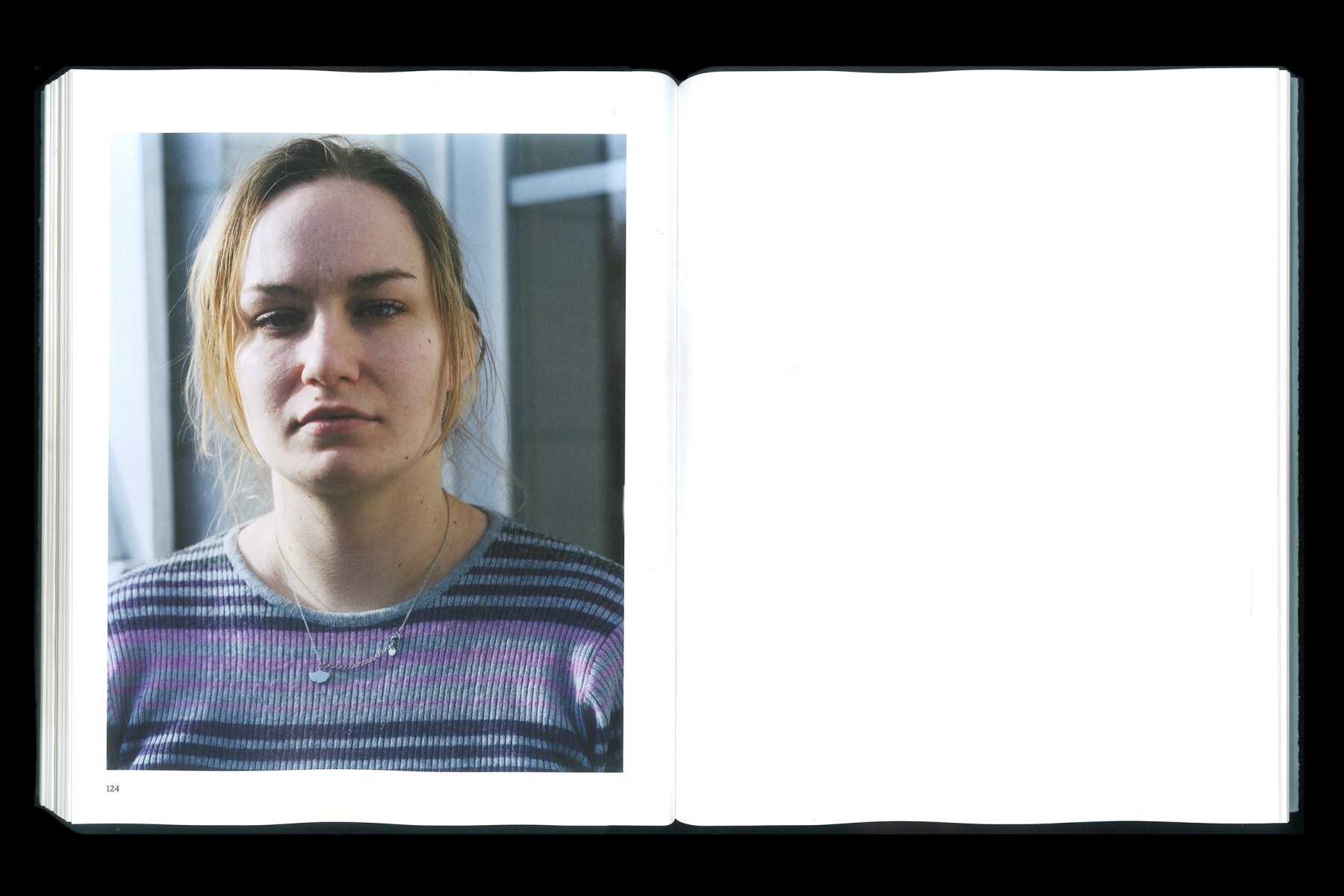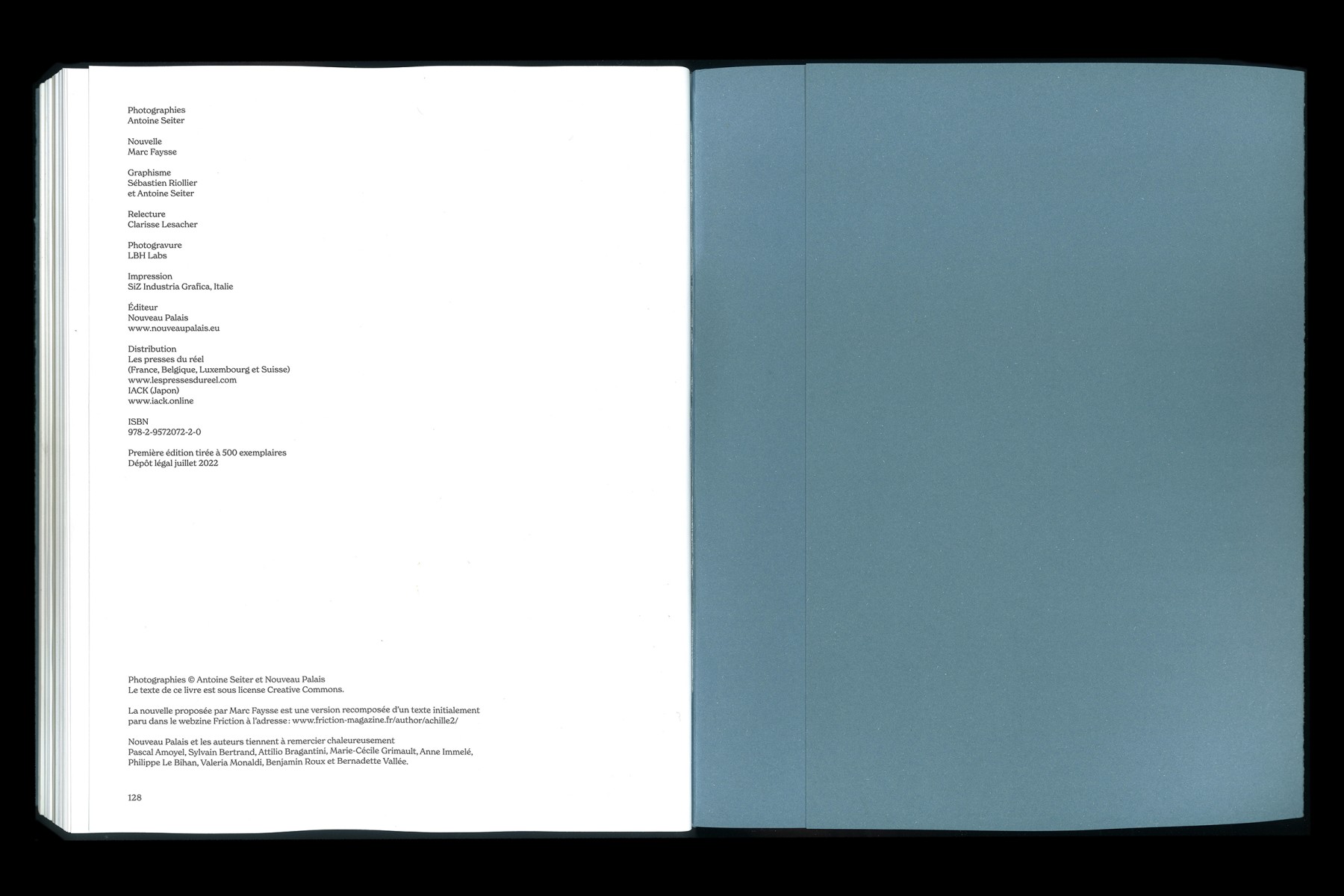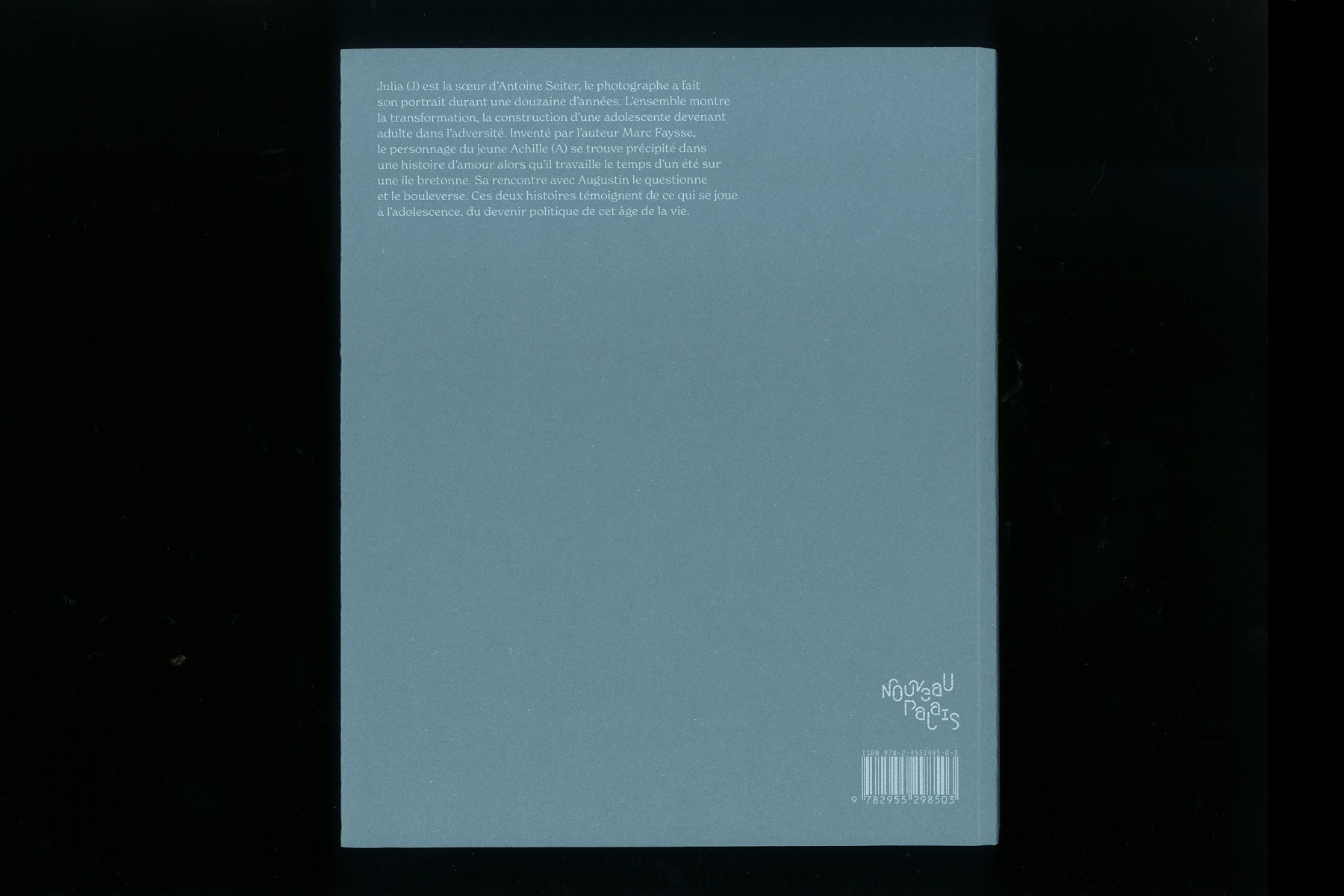"This work by Seiter and Faysse is a successful juxtaposition and presentation of parallels between two quite different protagonists, as they show similar stages of progress." (Gerhard Clausing)
Antoine Seiter was born in a small village in the center of France. During his studies, he came back regularly to his parents and began to photograph his younger sister, Julia (J). The project started in 2008 continues today. This book prints a step : a dozen years documenting the childhood and adolescence of his sister. The sequence is marked by an accident, body changes and work. It testifies to the relationship between the photographer and his sister. This relationship reveals to us the multiple aspects of a face, the open and the closed. That is to say the capacity of the face to know itself, recognize and dialogue with the others.
In a short story (which unfortunately remains untranslated) the author Marc Faysse wrote about the love story of two young guys, Achille (the narrator) and Augustin. It cross the path of Seiter's work by telling a story of emancipation.
Press
PhotoBook Journal
PALM
